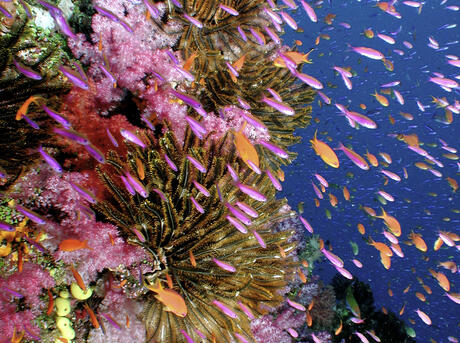 The ocean is a planetary superpower. Home to spectacular ecosystems and treasured wildlife, the ocean covers 71% of our Earth’s surface and sustains the lives of billions of people. It regulates our climate, produces half the oxygen we breathe, and fuels the water cycle that produces rain and freshwater.
Studies show that when ocean ecosystems are resilient, people nearby are more resilient too. A group of researchers looked at more than 100 studies to better understand the connection between marine protection and human health, and found that a majority of people realize the social, health, economic, governance, and ecological benefits from a healthy ocean. But those benefits are not guaranteed.
After decades of overuse and pollution, these services are being interrupted.
One out of three fish stocks is overfished. Hundreds of thousands of marine mammals, seabirds, and sea turtles are captured each year, along with tens of millions of sharks. Half of all coral reefs and mangroves are gone.
We still have time to give the ocean the room it needs to be resilient in the face of growing threats. But we have to work together. WWF is prioritizing two pathways to build a more resilient ocean—We’re finding the solutions to fix broken global systems that lead to declines in nature while protecting those places that wildlife and people can’t live without.
The ocean is a planetary superpower. Home to spectacular ecosystems and treasured wildlife, the ocean covers 71% of our Earth’s surface and sustains the lives of billions of people. It regulates our climate, produces half the oxygen we breathe, and fuels the water cycle that produces rain and freshwater.
Studies show that when ocean ecosystems are resilient, people nearby are more resilient too. A group of researchers looked at more than 100 studies to better understand the connection between marine protection and human health, and found that a majority of people realize the social, health, economic, governance, and ecological benefits from a healthy ocean. But those benefits are not guaranteed.
After decades of overuse and pollution, these services are being interrupted.
One out of three fish stocks is overfished. Hundreds of thousands of marine mammals, seabirds, and sea turtles are captured each year, along with tens of millions of sharks. Half of all coral reefs and mangroves are gone.
We still have time to give the ocean the room it needs to be resilient in the face of growing threats. But we have to work together. WWF is prioritizing two pathways to build a more resilient ocean—We’re finding the solutions to fix broken global systems that lead to declines in nature while protecting those places that wildlife and people can’t live without.
1 / 4
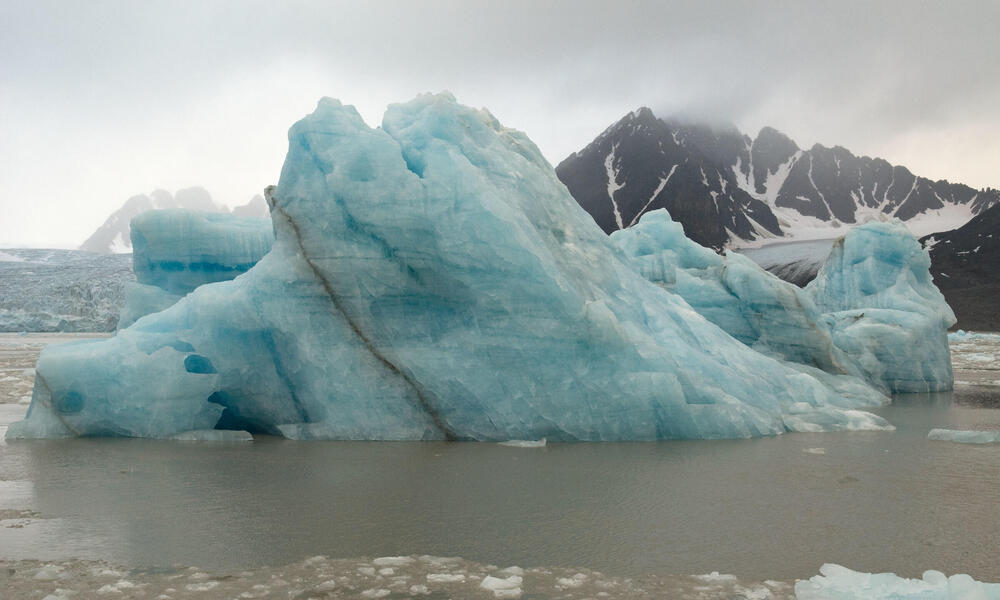
GLOBAL CLIMATE
Our ocean plays a crucial role in keeping the planet’s temperature balanced and driving weather, such as rainfall and winds. Unfortunately, it's also absorbed most of the planet’s warming—over 90%—and a significant amount of our carbon pollution as a result of human-caused climate change. Warmer ocean waters are driving stronger storms and bleaching coral reefs. As the ocean absorbs carbon dioxide, it becomes more acidic, threatening most shelled organisms, including small crustaceans that are fundamental to the marine food chain.
2 / 4
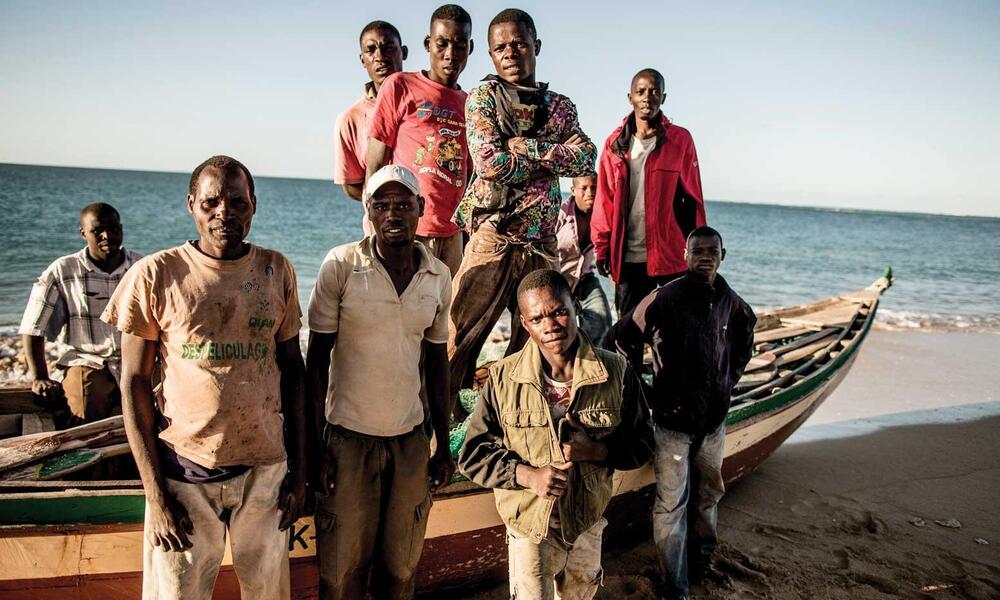
SUSTAINABLE LIVELIHOODS
The ocean is a lifeline for people around the world, generating at least $2.5 trillion worth of products and services each year. Fishing alone supports more than 260 million jobs. Only a healthy ocean can keep this economic engine running.
3 / 4

FOOD SECURITY
Seafood is the major source of protein for roughly 1.5 billion people. But according to the UN Food & Agriculture Organization, one out of every three assessed wild fish populations have been harvested beyond their limit and cannot handle the pressure that would come from adding more boats, nets, or poles. Establishing sustainable, non-destructive, and well-managed fisheries is vital to ensure a lasting supply of seafood for the world
4 / 4
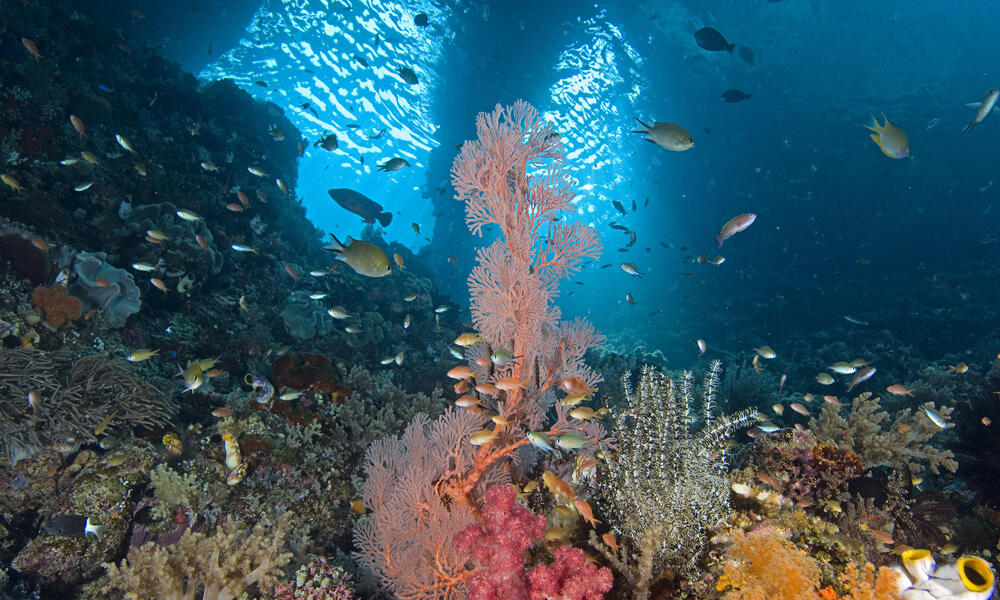
BIODIVERSITY
Scientists estimate more than 2 million species live in ocean waters and nine out of ten haven’t been fully identified. The Living Blue Planet Report recorded a 36% overall decline in the abundance of vertebrate marine life between 1970 and 2012. Unsustainable fishing is the primary direct threat to marine wildlife, followed by habitat degradation, which can also include a loss of food sources.
❮
❯
HELPING PEOPLE FISH BETTER
Unsustainable fishing is a leading cause of declines in marine life, which impacts entire ecosystems. When stocks decline, nature’s imbalance directly affects local jobs, businesses, and food sources. The ripple effect is global.
Since unsustainable fishing is a problem entirely caused by human behavior, people have the power to fix it.
WWF is acting globally to identify the most practical tools for transforming fishing and working locally to match proven approaches with the people in a position to fish better. We work along three tracks—supporting community leadership, realizing better rules and enforcement of those rules through better governance, and engaging private sector action at critical points of leverage.
Our projects are co-designed with our partners to address the major threats that lead to unsustainable fishing—poor management, illegal fishing, and bycatch. WWF experts are constantly curating the best tools informed by local community knowledge, science and research. Once we have those tools, we identify high-impact areas for application—priority places, ecosystems, food commodities—across the WWF network.
WWF’s corporate seafood partners source from 550 fisheries—and when improvements are made in those 550 fisheries, it ultimately impacts 30% of global wild catch. We work deep inside supply chains to improve transparency and accountability to help move the industry as a whole towards sustainable practices.
NO PLASTIC IN NATURE
One dump truck full of plastic waste enters our ocean every minute. That’s 8 million tons of plastic every year impacting marine wildlife and people.
WWF is fighting for a world with no plastic in nature by 2030. It’s a world where our oceans teem with marine life, not discarded nets, bottles, and bags. Where no human breathes the toxic fumes of burning plastic. And where every indispensable plastic product is used to make another.
A major threat to marine biodiversity, abandoned fishing gear, or ghost gear, is estimated to comprise up to 10% of plastic waste in our oceans, by volume, making ghost gear the most harmful form of plastic pollution to marine species. Ghost gear continues to capture wildlife well after it’s abandoned, pollutes habitats, and enters the food web as it degrades.
Read more about WWF's work on plastic pollution.

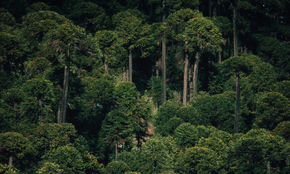
SUPPORTING RESILIENT ECOSYSTEMS & COMMUNITIES
Tropical Coastal Ecosystems
Coral reefs, mangroves, and seagrass are interconnected ocean ecosystems that support an astounding array of biodiversity and have deep roots in local cultures. The coastal zone makes up only 10% of the ocean environment but is home to over 90% of all marine species. But we’ve lost half of these ecosystems and stand to lose even more from the pressures brought on by development, pollution, and climate change.
To support the health of coastal ecosystems throughout the Coral Triangle, Western Indian Ocean, Mesoamerican Reef, and the Eastern Tropical Pacific, WWF prioritizes a bottom-up stakeholder and community engagement approach on the ground complemented by a coordinated global effort to change the systems that hamper local action.
WWF’s approach advances science and technology and builds capacity and expertise in priority, underserved places. Our goal is to maintain and rebuild the resilience of coastal ecosystems that provide benefits for 10 million people, through conservation and restoration in places where we can have the biggest impact on maintaining biodiversity and human well-being.
ALASKA AND THE ARCTIC
Melting ice along the Bering Strait
The Arctic is experiencing rapid and dramatic transformation. Warming is occurring faster here than anywhere on the planet. As sea ice vanishes, wildlife like polar bears lose vital feeding grounds and the ocean is opened to increased ship traffic and oil and gas exploration, putting nature and people at risk.
WWF works to strengthen Arctic-wide governance, advance climate-smart, sustainable development, and secure permanent protection for ecologically critical areas. We’re advancing ArcNet, an Arctic Ocean Network of Priority Areas for Conservation, backed by the world’s most comprehensive database on Arctic biodiversity. ArcNet can be used to develop concrete proposals for marine planning and management that consider entire ecosystems and account for local needs and benefits.
WWF staff are on the ground in seven Arctic nations. We’ve been on-the-ground for nearly 30 years, supporting local communities and collaborating with experts in science, policy, and planning. In Alaska, our focus is on Bristol Bay and the Bering Strait, as well as the Beaufort and Chukchi Seas.
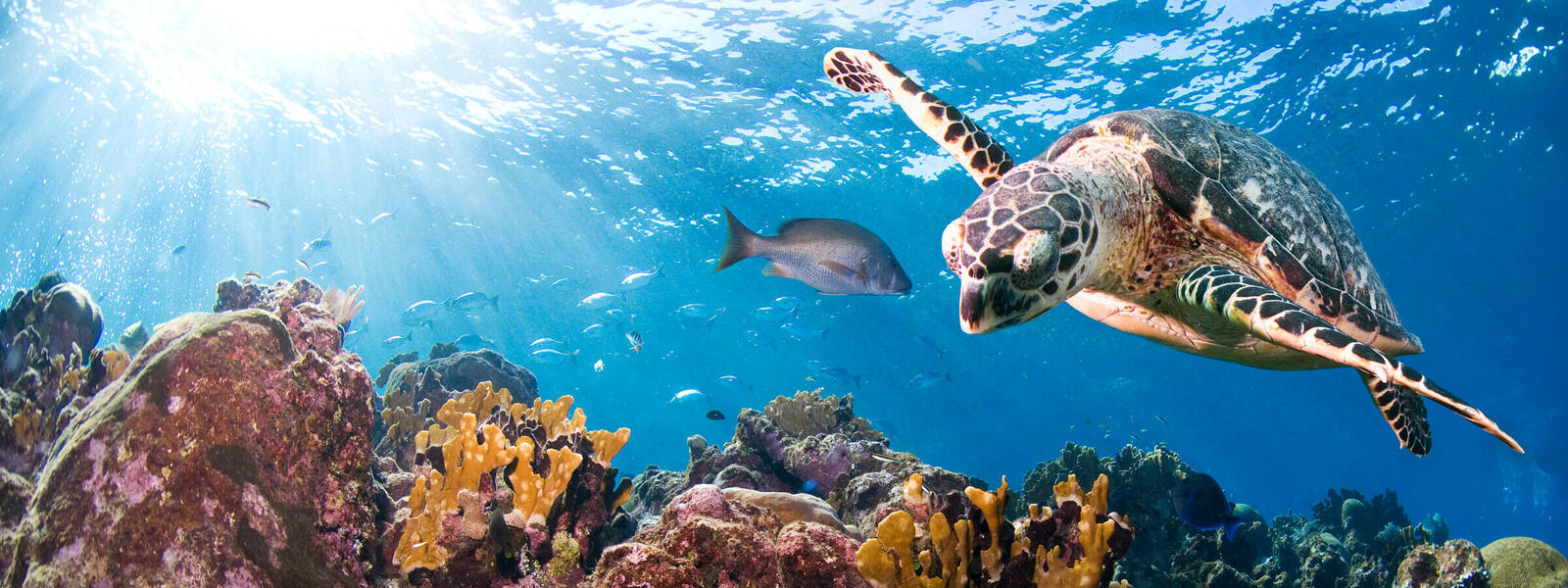
 The ocean is a planetary superpower. Home to spectacular ecosystems and treasured wildlife, the ocean covers 71% of our Earth’s surface and sustains the lives of billions of people. It regulates our climate, produces half the oxygen we breathe, and fuels the water cycle that produces rain and freshwater.
Studies show that when ocean ecosystems are resilient, people nearby are more resilient too. A group of researchers looked at more than 100 studies to better understand the connection between marine protection and human health, and found that a majority of people realize the social, health, economic, governance, and ecological benefits from a healthy ocean. But those benefits are not guaranteed.
After decades of overuse and pollution, these services are being interrupted.
One out of three fish stocks is overfished. Hundreds of thousands of marine mammals, seabirds, and sea turtles are captured each year, along with tens of millions of sharks. Half of all coral reefs and mangroves are gone.
We still have time to give the ocean the room it needs to be resilient in the face of growing threats. But we have to work together. WWF is prioritizing two pathways to build a more resilient ocean—We’re finding the solutions to fix broken global systems that lead to declines in nature while protecting those places that wildlife and people can’t live without.
The ocean is a planetary superpower. Home to spectacular ecosystems and treasured wildlife, the ocean covers 71% of our Earth’s surface and sustains the lives of billions of people. It regulates our climate, produces half the oxygen we breathe, and fuels the water cycle that produces rain and freshwater.
Studies show that when ocean ecosystems are resilient, people nearby are more resilient too. A group of researchers looked at more than 100 studies to better understand the connection between marine protection and human health, and found that a majority of people realize the social, health, economic, governance, and ecological benefits from a healthy ocean. But those benefits are not guaranteed.
After decades of overuse and pollution, these services are being interrupted.
One out of three fish stocks is overfished. Hundreds of thousands of marine mammals, seabirds, and sea turtles are captured each year, along with tens of millions of sharks. Half of all coral reefs and mangroves are gone.
We still have time to give the ocean the room it needs to be resilient in the face of growing threats. But we have to work together. WWF is prioritizing two pathways to build a more resilient ocean—We’re finding the solutions to fix broken global systems that lead to declines in nature while protecting those places that wildlife and people can’t live without.
